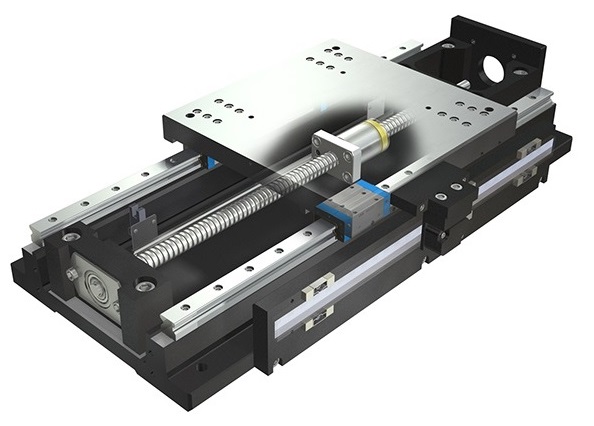In today’s fast-paced industrial landscape, precise and accurate positioning of objects is crucial for maintaining productivity and ensuring optimal performance. High-precision positioning tables offer a reliable solution to meet these requirements, providing controlled motion and positioning with exceptional accuracy. Whether it’s in the manufacturing, semiconductor, medical, or research industries, these tables play a vital role in achieving desired outcomes.
What are High Precision Positioning Tables
High precision positioning tables are mechanical devices designed to provide controlled and accurate linear motion. High-precision positioning tables consist of a rigid structure, precision bearings, and a drive mechanism that allows smooth and precise movement along a linear axis. These tables are commonly used in various industries such as manufacturing, semiconductor, medical, and research institutions.
Linear high-precision positioning tables operate based on the principles of motion control. They utilize advanced motor systems, such as linear motors or ball screw drives, to generate linear motion. The motors are coupled with encoders or other position feedback devices to provide precise positioning control. The combination of these components ensures accurate and repeatable movement along the linear axis.
Key Features of Linear High-Precision Positioning Tables
Linear high-precision positioning tables come with several key features that distinguish them from standard positioning systems. These features include:
High Accuracy: These tables offer exceptional accuracy, with positioning resolutions down to micrometer or even nanometer levels.
Rigidity: The tables are designed to provide high stiffness and rigidity, minimizing vibrations and ensuring stability during operation.
Smooth Operation: Linear high precision positioning tables offer smooth and precise motion, allowing for controlled movements with minimal vibration and noise.
Multiple Axis Configurations: These tables can be configured as single-axis or multi-axis systems, enabling complex motion profiles and synchronized movements.
Compact Design: Linear high precision positioning tables are designed to have a compact footprint, making them suitable for applications where space is limited.
Compatibility: These tables can be easily integrated with other automation systems, making them versatile and adaptable to different setups.
Applications of High-Precision Positioning Tables
High-precision positioning tables find applications in a wide range of industries. Some common areas where these tables are utilized include:
Manufacturing and Assembly
In manufacturing and assembly processes, high precision is essential to ensure accurate alignment, positioning, and handling of components. High-precision positioning tables are used in automated production lines for tasks such as pick-and-place operations, robotic assembly, and quality control inspections.
Semiconductor and Electronics
The semiconductor and electronics industries demand extremely precise positioning for wafer handling, wire bonding, and optical alignment. High-precision positioning tables enable the precise movement of components and delicate materials, ensuring the desired accuracy required for the fabrication of microchips and electronic devices.
Medical and Biotechnology
In medical and biotechnology applications, high-precision positioning tables are utilized in tasks such as sample handling, microscopy, and lab automation. These tables enable accurate positioning of samples, ensuring precise measurements, imaging, and analysis, which are critical for diagnostic and research purposes.
Optics and Photonics
In the field of optics and photonics, high-precision positioning tables are used for alignment and positioning of optical components, lasers, and detectors. They provide micron-level accuracy, enabling the precise control of light beams and ensuring optimal performance in applications such as laser processing, microscopy, and spectroscopy.
Factors to Consider When Choosing a Linear High Precision Positioning Table
When selecting a linear high-precision positioning table, several factors should be taken into consideration:
Accuracy Requirements: Assess the required level of accuracy for your application to choose a table that meets your precision needs.
Load Capacity: Determine the maximum load your table needs to handle, considering both the static and dynamic load requirements.
Travel Range: Consider the required travel range of the table to ensure it can accommodate the specific application’s movement requirements.
Speed and Acceleration: Evaluate the necessary speed and acceleration capabilities to select a table that can meet the desired performance criteria.
Environmental Conditions: Take into account the environmental conditions in which the table will operate, such as temperature, humidity, and cleanliness requirements.
In conclusion, high-precision positioning tables are essential tools in industries that require accurate and controlled linear motion. With their advanced features, applications, and benefits, these tables contribute to improved productivity, quality, and efficiency in various fields. When choosing a linear high-precision positioning table, consider factors such as accuracy requirements, load capacity, travel range, and environmental conditions to ensure the best fit for your specific application.
Feel free to visit HVH Industrial Solutions if you have any questions, need more information, or are interested in purchasing a high precision positioning table.
Also, you can check our Engineering Blog for more informative articles.

